Any advice on a vent liner?
Paul F.
16 days ago
Related Stories

DECORATING GUIDES10 Timeless Pieces of Decorating Advice
Follow these tried-and-true rules and you’ll be ready for any decor situation
Full Story
DECORATING GUIDES10 Design Tips Learned From the Worst Advice Ever
If these Houzzers’ tales don’t bolster the courage of your design convictions, nothing will
Full Story
REMODELING GUIDESContractor Tips: Advice for Laundry Room Design
Thinking ahead when installing or moving a washer and dryer can prevent frustration and damage down the road
Full Story
LANDSCAPE DESIGNKoi Find Friendly Shores in Any Garden Style
A pond full of colorful koi can be a delightful addition to just about any landscape or garden
Full Story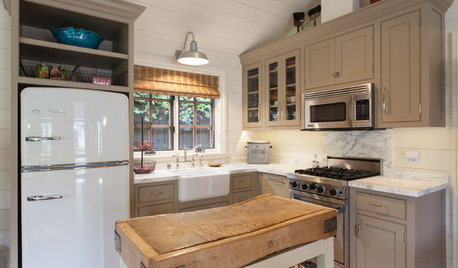
BUDGET DECORATINGHow to Refresh Your Kitchen on Any Budget
With the right ingredients you can make this key room more stylish and functional, whether you spend $100 or $10,000
Full Story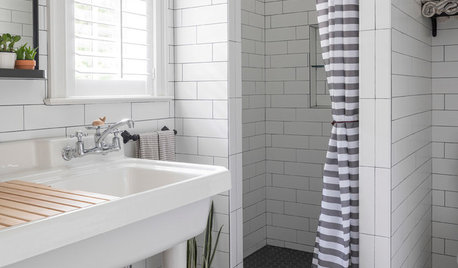
BATHROOM DESIGNHow to Refresh Your Bathroom on Any Budget
Get an idea of what you can update, whether your budget is $100 or $10,000
Full Story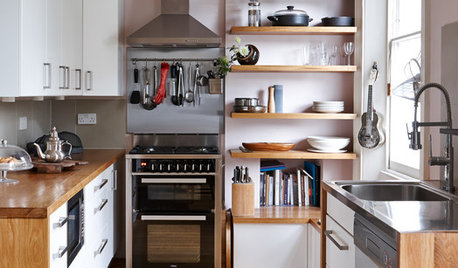
SMALL KITCHENSHouzz Call: Show Us Your Clever Small Kitchen
Have storage ideas? Layout advice? Post pictures of your space and share advice for making a small kitchen work well
Full Story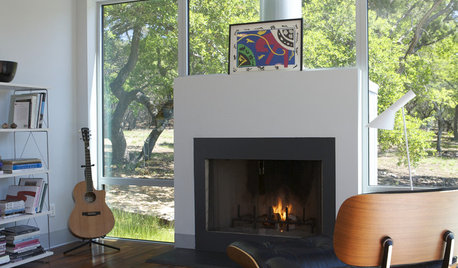
REMODELING GUIDESModern Metal Fireplaces Open World of Possibilities
Allowing way more natural light than traditional fireplaces, and with some not even needing a vent, metal fireplaces are a major improvement
Full Story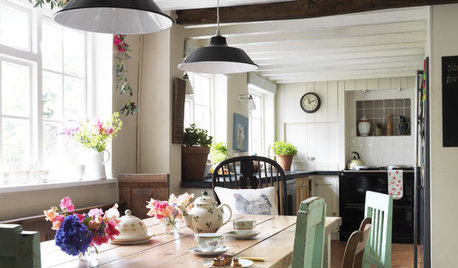
MOST POPULAR4 Obstacles to Decluttering — and How to Beat Them
Letting go can be hard, but it puts you more in control of your home's stuff and style. See if any of these notions are holding you back
Full Story
KITCHEN DESIGNA Cook’s 6 Tips for Buying Kitchen Appliances
An avid home chef answers tricky questions about choosing the right oven, stovetop, vent hood and more
Full StoryMore Discussions






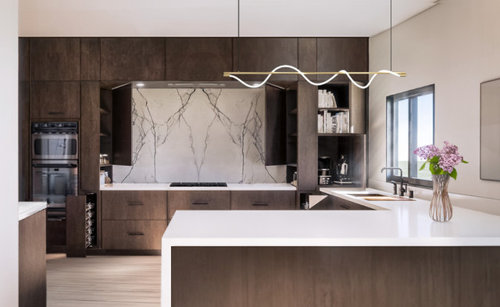
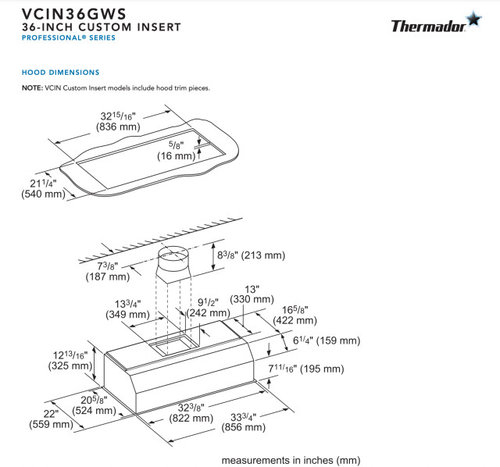
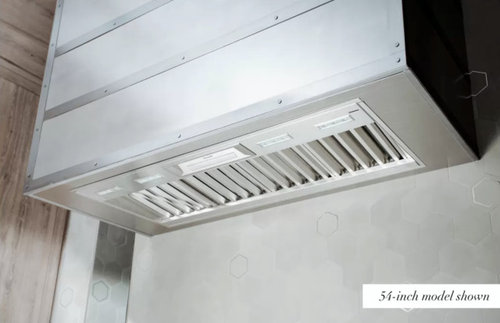
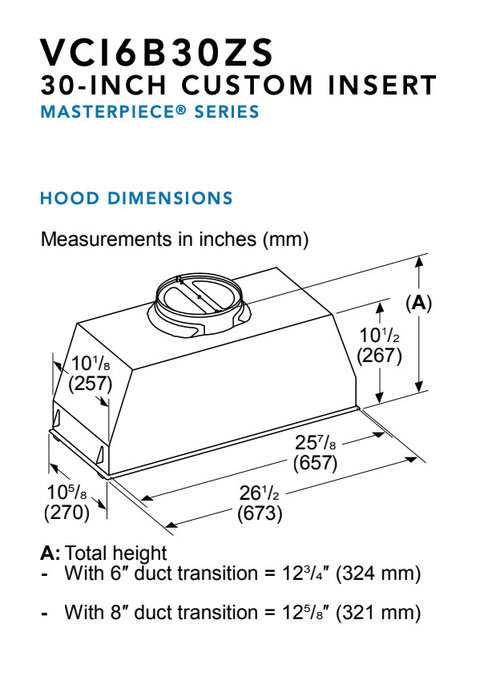
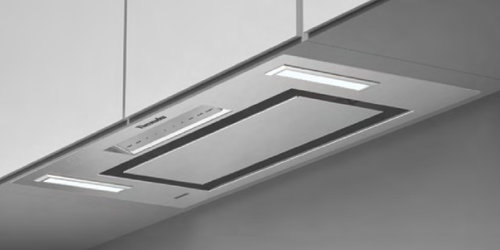
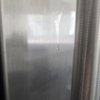
kaseki
rebunky
Related Professionals
Elk Grove Kitchen & Bathroom Remodelers · Phoenix Kitchen & Bathroom Remodelers · Vermillion Cabinets & Cabinetry · Fernway Interior Designers & Decorators · New Providence Interior Designers & Decorators · Lafayette Kitchen & Bathroom Designers · Long Beach Furniture & Accessories · Simpsonville Furniture & Accessories · Winfield General Contractors · Haslett Kitchen & Bathroom Designers · Fairland Kitchen & Bathroom Remodelers · Newcastle Cabinets & Cabinetry · North New Hyde Park Cabinets & Cabinetry · Saint James Cabinets & Cabinetry · Chattanooga Tile and Stone ContractorsPaul F.Original Author
kaseki
opaone